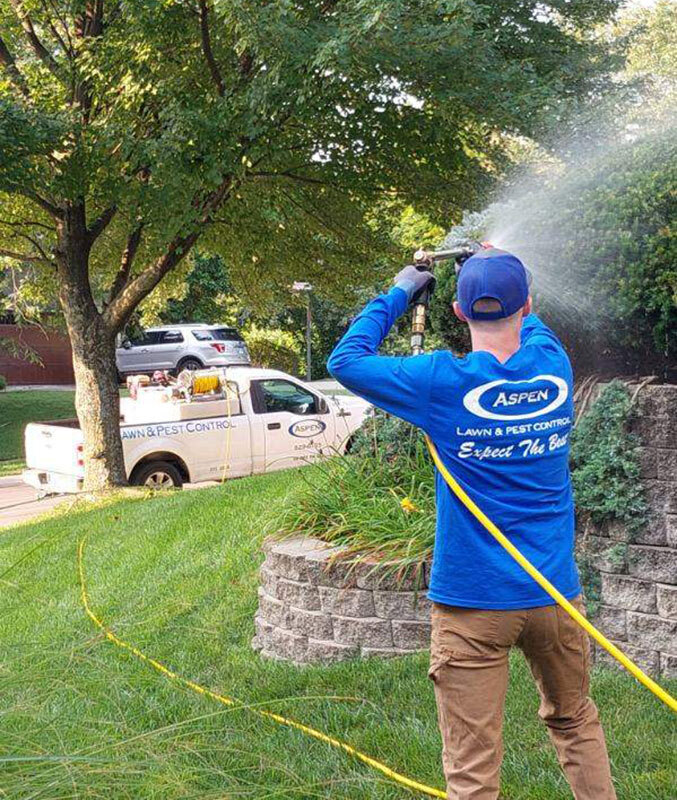Coalition for Urban Ash Tree Conservation
– Emerald Ash Borer Management Statement –
www.emeraldashborer.info/files/conserve_ash.pdf
signed 06 Jan 2011
We the undersigned strongly endorse ash tree conservation as a fundamental component of integrated programs to
manage emerald ash borer (EAB) in residential and municipal landscapes. Cost-effective, environmentally sound EAB
treatment protocols are now available that can preserve ash trees through peak EAB outbreaks with healthy canopy
intact. Used in association with tree inventories and strategic removal / replacement of unhealthy ash, tree conservation
will help retain maximum integrity and value of urban forests. This integrated approach to urban EAB management is
supported by university scientists with expertise in EAB management, commercial arborists, municipal foresters, public
works officials, and non-governmental organizations (NGOs). Emerald ash borer has killed millions of ash trees since its
discovery in 2002 and the number of dead ash is increasing rapidly. Ash species are abundant in planted and natural
areas of urban forests, representing 10 – 40% of the canopy cover in many communities. Ash trees provide substantial economic and ecosystem
benefits to taxpayers, ranging from increased property value, to storm water mitigation, to decreased energy demands (https://www.coloradotrees.org/benefits.htm). Consequently, widespread ash mortality in urban forests
and residential landscapes is having devastating economic and environmental impacts. Indeed, EAB is predicted to
cause an unprecedented $10-20 billion in losses to urban forests over the next 10 years.
After its initial discovery, regulatory agencies attempted to eradicate EAB through removal and destruction of all ash
trees in infested areas. Unfortunately, this proved unsuccessful and was soon abandoned. Since then, university scientists have developed and
refined treatment protocols that can protect healthy ash trees from EAB and help conserve the urban forest. However, despite availability of cost-effective treatments, many municipalities, property managers, and homeowners continue to rationalize tree removal as the only viable
management strategy for EAB. This is based on erroneous beliefs that tree removal slows the spread of EAB, or that
treatment is not effective, economical, or environmentally sound. Current science supports conservation via treatment as a sensible and effective tool for managing healthy ash trees in urban settings. In many cases, tree conservation is economically and environmentally superior to tree removal. Based on research conducted by university scientists, and careful review of the potential impacts on human health
and the environment, the Environmental Protection Agency (EPA) has registered three systemic insecticides for control of EAB – dinotefuran is registered for basal trunk bark or soil application, emamectin benzoate for trunk injection only, and imidacloprid for soil application
or trunk injection. When applied using formulations, products, and protocols documented as effective by university research, these
treatments can provide environmentally sound control of EAB, sufficient to maintain a functional and aesthetically
pleasing ash canopy. Treatment is most appropriate after EAB infestation has been detected within 15 miles, and is most effective when
applied before trees are infested. However, treatment can also save ash trees with a low level of EAB infestation. Spring is the ideal time for treatment, but soil application in fall can be effective in some situations. Different treatment regimens will be optimal under
different situations — no one treatment plan or application method is best under all circumstances. A program of sustained treatment will be needed to conserve trees through peak EAB infestation. However, as the local EAB population declines due to death of
untreated ash, it is possible that treatment frequency may be reduced. Research on this question and other aspects
of EAB management is ongoing, requiring practitioners to stay current. In summary, urban ash conservation can be less costly than removal, especially when the significant environmental and economic benefits of established trees are considered (www.treebenefits.com,
https://extension.entm.purdue.edu/treecomputer/). Furthermore, ash conservation can circumvent the
substantial environmental impacts caused by wholesale deforestation of the urban landscape, as well as
the documented public safety risks associated with standing dead ash trees and their removal.
Aspen Lawn & Pest Control – Landscaping Company in Overland Park
As an Overland Park lawn fertilization company and lawn seeding company in Overland Park, we handle every facet of lawn care. Aspen provides our customers with lawn mowing services, lawn fertilization, landscaping design, landscape maintenance in Overland Park. We are also an industry-leading pest control company in Overland Park. Whether you’re looking for flea and tick control, Mosquito Armor®, treatment for pests infecting your trees or shrubs, or need indoor pest control in Overland Park to remove ants, spiders, and insects, Aspen can help!

Contact us today if you need a sprinkler installation in Overland Park or lawn care in Overland Park.
Our Overland Park pest control company is here to help! From spider control to mosquito control in Overland Park!
Aspen Lawn and Pest Control
Kansas City and Overland Park, KS
1265 N Winchester St.
Olathe, KS 66061


Socials